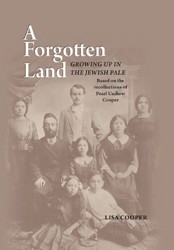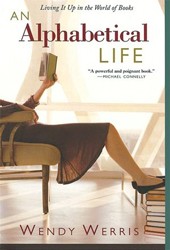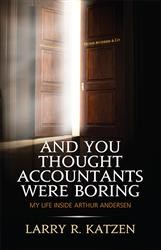Nobody knew that those planned sunny, warming moments with the Oosterveld family would be suddenly cut into, scalpel-like, by a phone call from her husband’s brother in the States shouting into Johanna’s ordered world that her husband has committed suicide.
Here, A Hidden Life takes on a dual trajectory of tragedy and survival. Twenty seven years earlier, Johanna, a Jewish child of ten in Holland, hid with her siblings from the Nazis in the farmhouse of a simple yet sympathetic family of Dutch Christians, the Oostervelds. The memoir of her two year-plus ordeal, entitled The Upstairs Room, won The Newberry Medal as well as other honors.
When the horror of her husband’s unexplained suicide becomes yet another layer of her life, she is unable to speak publicly or write of it, thereby rendering it with her silence as a young abandoned mother in her late thirties, a “hidden life.”
In this heartbreaking story, Reiss’ attempt to retrace and reconstruct the steps leading to the final moments of her husband’s decision to take his own life proves futile. What does emerge in this narrative are those forgotten, painfully significant incidents that are now excruciatingly examined by Johanna. These, then, are the markers that point to hidden lives: Jim’s nightly sleepwalking, punctuated by a near-violent episode of which he has no memory; his mother’s ongoing paranoid fears (which ultimately led to her institutionalization), and Johanna’s own momentary irrational terrors are signals that all is not so well with their lives. Johanna suggests that the hidden has more of a presence (by its very absence) than what is revealed.
As she nears the end of this beautifully expressed attempt to put life’s unruly events into order, she concludes: “…all those intuitions, locked up and set aside, and…looking to where the shade had been drawn, in color and size as old calendar page, discarded ages ago.…but stockpiled; like so much else.”




